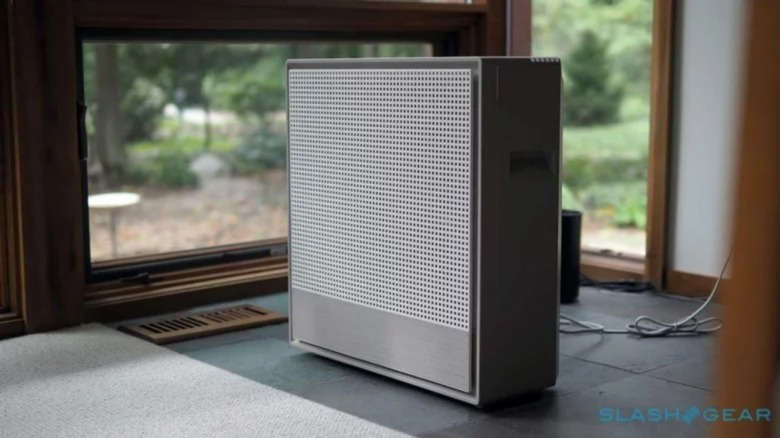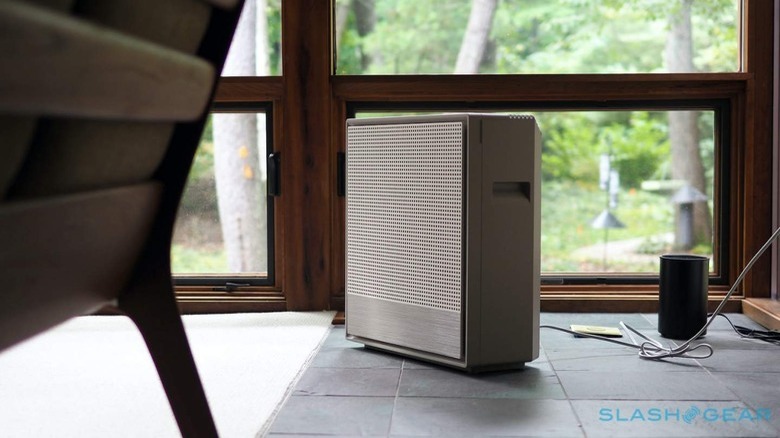Coway Airmega 250S Review
Over the past five years it feels like I've become obsessed about the air we're breathing. Whether it's orange skies in smoldering California, high pollen counts in the Midwest, or the COVID-19 pandemic in, well, everywhere, what we're breathing in seems like a fitting obsession. It's something air purifiers like Coway's new Airmega 250S aim to cater to – and hopefully tamp down on some anxiety in the process.
The Airmega 250S is a close cousin to April's Airmega 250, which launched as a tweener model in the company's filtration line-up. Capable of handling bigger spaces than the room-centric and most affordable Airmega 150, but not quite as large – in price or scale – as the Airmega 400S, it's rated for up to 930 square-foot areas.
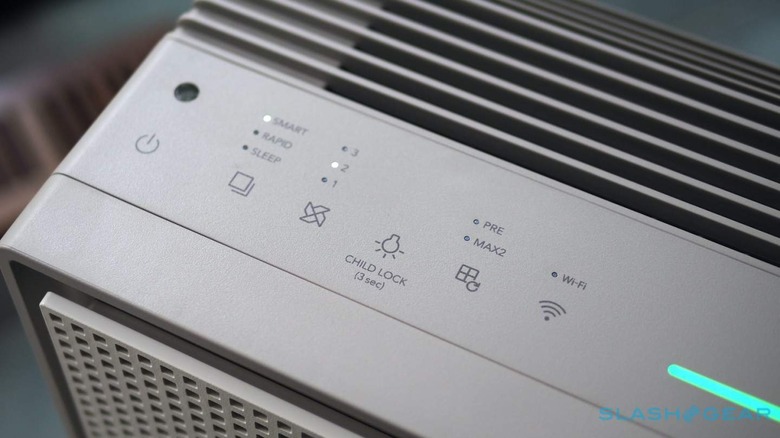
For the Airmega 250S, the "S" suffix means it's connected. The standard model, for $399, is self-contained: you can switch between its modes manually, or leave it in auto mode and have it adjust fan speed according to the room's air quality. The $449 Airmega 250S can do that too, but it also supports remote control via Coway's app.
It's definitely more attractive a design than the average box fan. The square mesh fascia looks more like a decorative screen than a fan grille, while the brushed metal-look accents are tastefully discreet. We're not quite at the stage of "air purifier as indoor sculpture" yet, but the 18.5 x 19.7 x 8.3 inch Airmega 250S is closer than most.
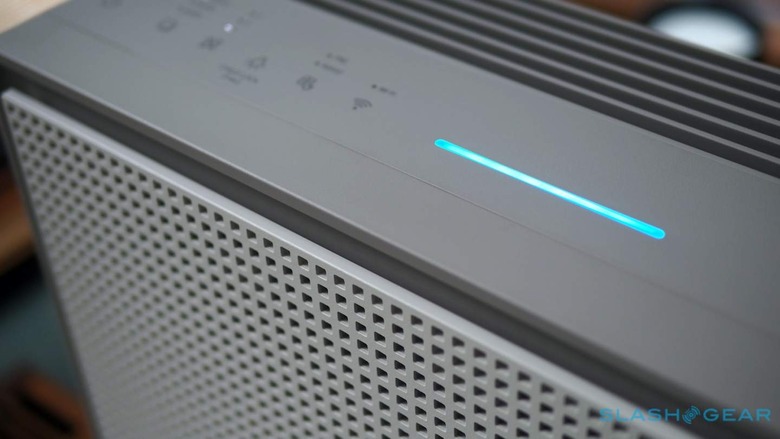
The top panel has a series of touch-sensitive buttons for manual control. You can adjust the fan speed across three levels, set a shutdown timer (for 1, 4, or 8 hours), or put the purifier into Smart, Rapid, or Sleep modes. The first adjusts fan speed according to the room's conditions; a light bar changes color to show how healthy the air is currently. Rapid switches everything up to the max, useful if you've just burned dinner. Sleep mode is quieter, intended for bedroom use at night.
You can leave the Airmega 250S to its own devices, then, and even turn off most of the LEDs to make it more surreptitious. With WiFi and Coway's app, though, you get more options.
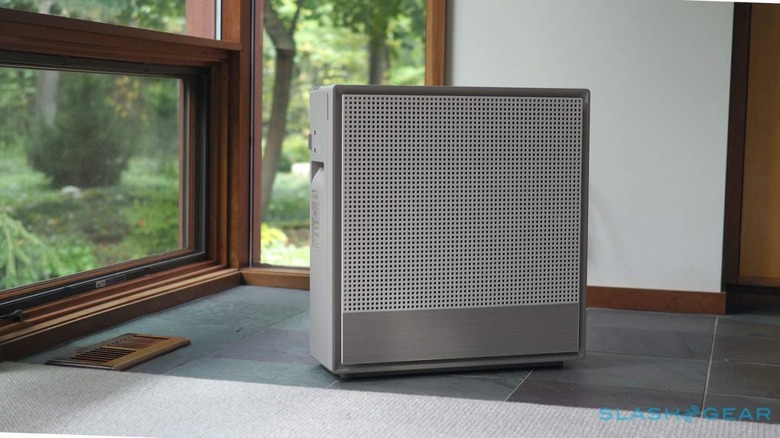
The app has real-time air quality results – both indoor, from the Airmega's own sensors, and outdoor results – and you can remotely control each of the on-device settings. You can also set up schedules; I limited the fan speed to the minimum during the times we typically watch TV, so that even if the air quality in the room dipped the fans wouldn't crank up to louder settings.
If you have a Google Home or Amazon Alexa smart speaker, you can link the Airmega 250S to it and then control settings, ask about air quality, and turn the LED lights on and off by voice. It all works, but honestly one of the most valuable parts of having the purifier be connected is getting push notifications about filter maintenance.
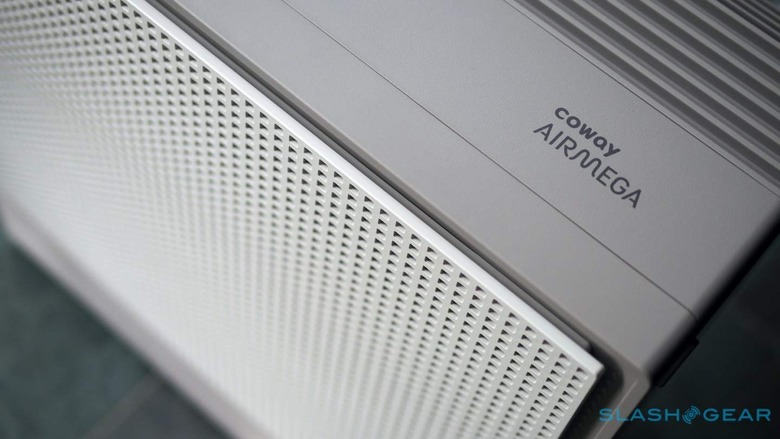
After all, the quality of the filtration is the really important part, here. Coway uses two: a washable pre-filter intended to catch things like pet hair and dust bunnies, and then a Max2 filter which captures the much smaller particles as well as VOCs and odors.
The former you're meant to clean every two weeks or so, and so Coway's redesigned front panel is a welcome change. With the Airmega 150 series, for example, you'd need to remove the whole front, then unclip the pre-filter, in order to take it out. The Airmega 250S fascia tilts forward, in contrast, and then the pre-filter slides out the top. You can wash it in the sink or – gently – vacuum it, and then slide it back into place.
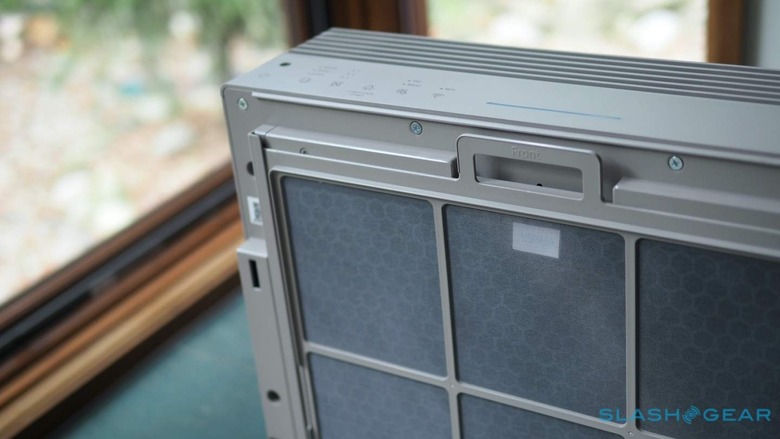
The Max2 filter, though, is where the real magic happens. It's designed to be replaced annually, and actually has two layers: a HEPA filter that captures 99.99-percent of fine dust down to 0.01 microns, and then up to 99.9-percent of mold, bacteria, and viruses; then an activated carbon filter responsible for snagging food and pet odors, gases, VOCs, and smoke smells. Replacement Max2 filters are $79.
Coway isn't making any specific claims around COVID-19. Still, it's worth noting that the COVID-19 virus is larger than the Max2's minimum filtering size and the CDC recommends HEPA filters for internal spaces, especially those which have limited natural airflow. In short, while an Airmega isn't a magic bullet to purifying a room from every potential hazard, it definitely has value as a contributor to that goal.
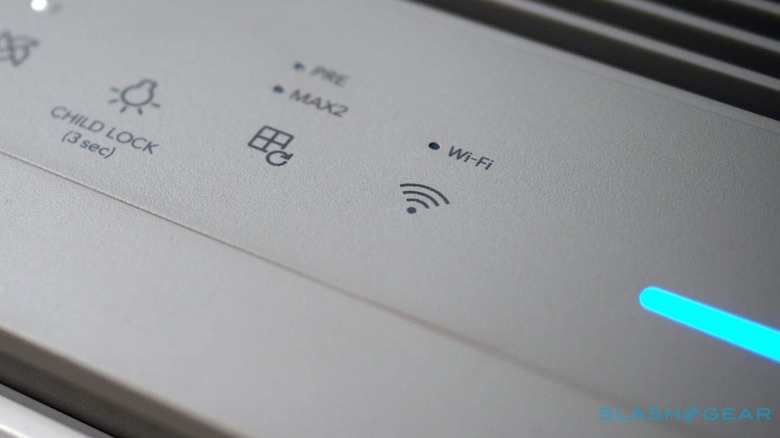
What I've noticed more, unsurprisingly, is a reduction in things like cooking smells and pet fur build-up. My partner reported less aggravation from pollen, too, after working in the room where the Airmega 250S was running.
Coway Airmega 250S Verdict
For most people, I suspect the cheaper Airmega 250 will be enough. It uses the same Max2 filter as the Airmega 250S; you just have to pay a little more attention to the panel lights to spot the replacement reminder. Its WiFi-connected sibling, meanwhile, is predominantly useful if you need advanced scheduling support. I could see parents with an Airmega 250S in their child's bedroom appreciating the ability to change its settings without needing to enter the room and disturb them sleeping.
I've been thinking about what we're breathing in at home a lot more over the past couple of years, and I suspect I'm not alone. The pandemic, along with a greater number of people working remotely now, has left us more aware of our environment. Though a filter isn't the one and only step you might take to make your living space healthier, it's a fairly straightforward and simple place to start, and the Coway humming away in the corner is a welcome mental reassurance as much as it's taking care of air quality.
